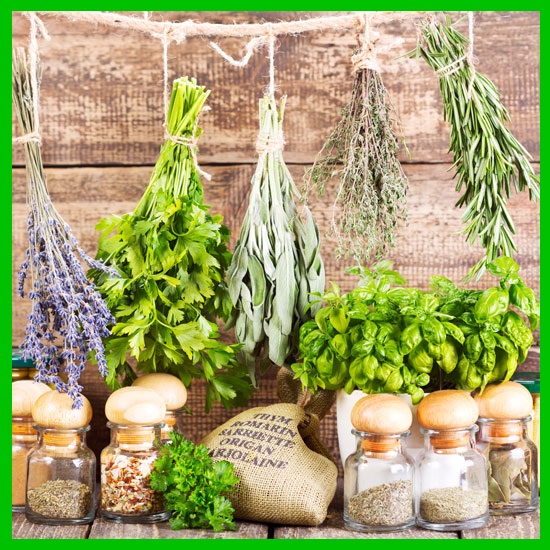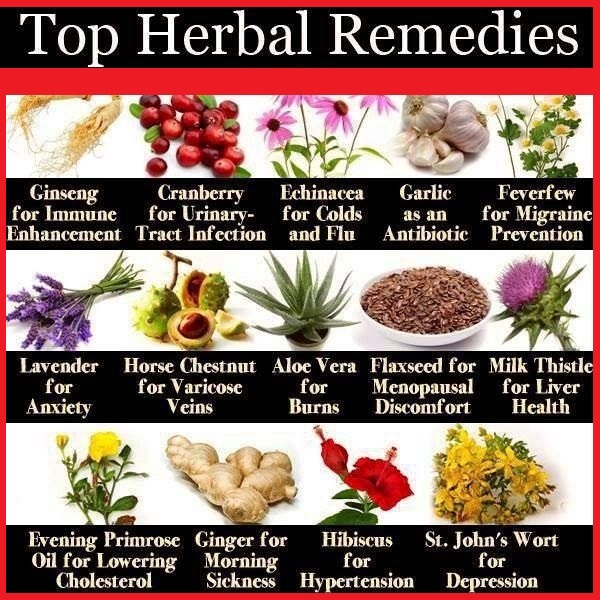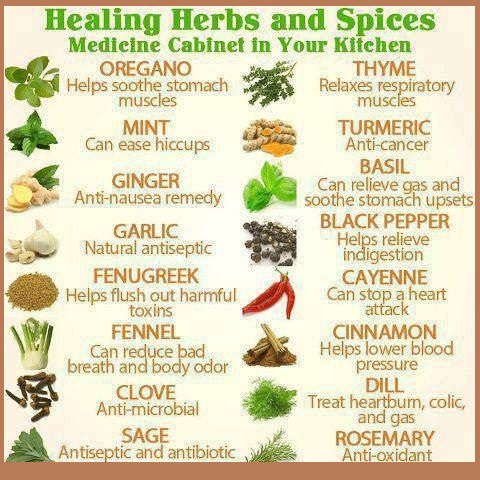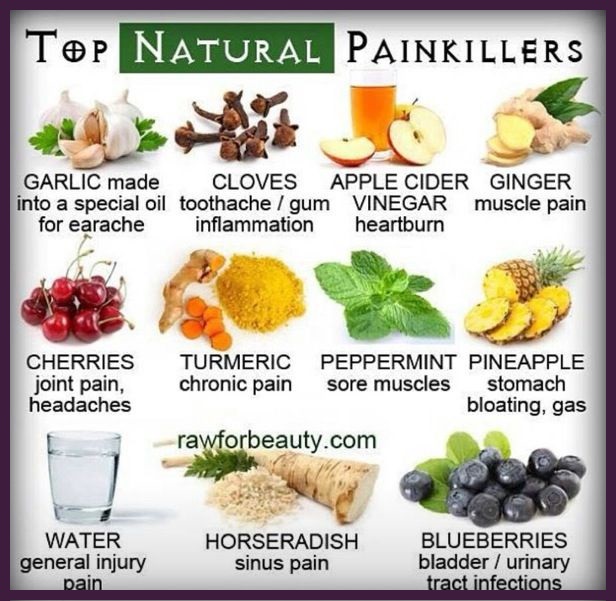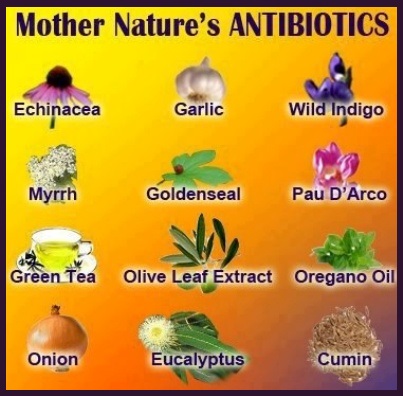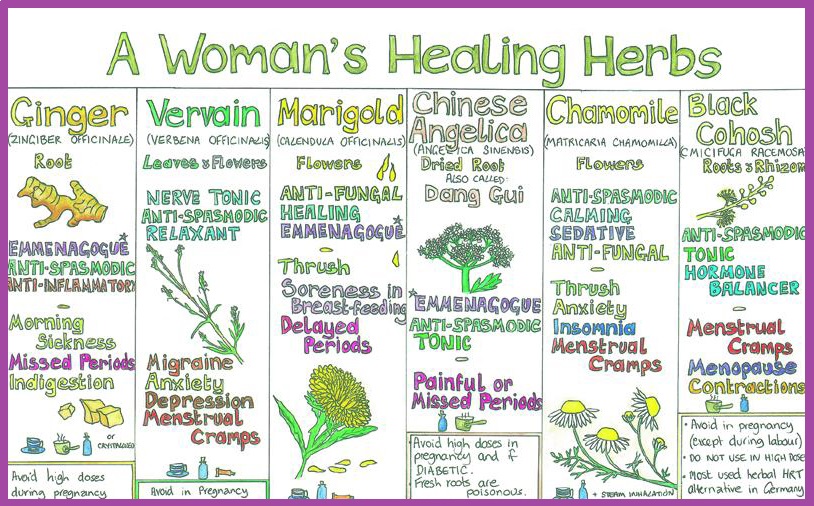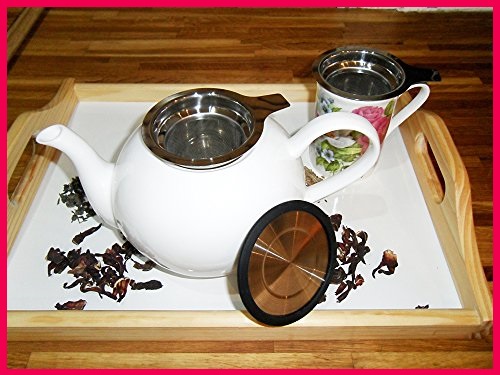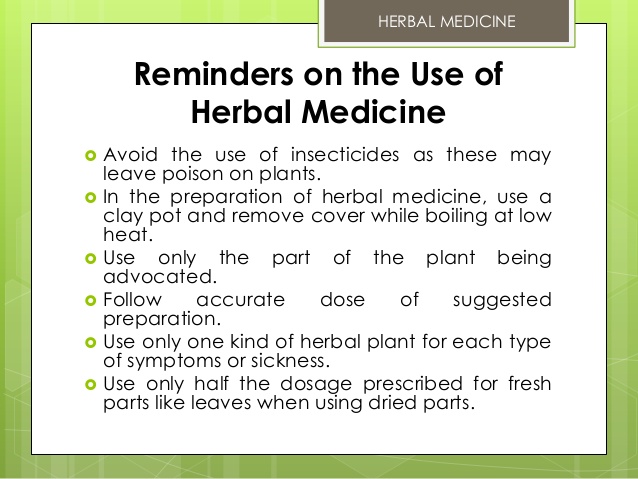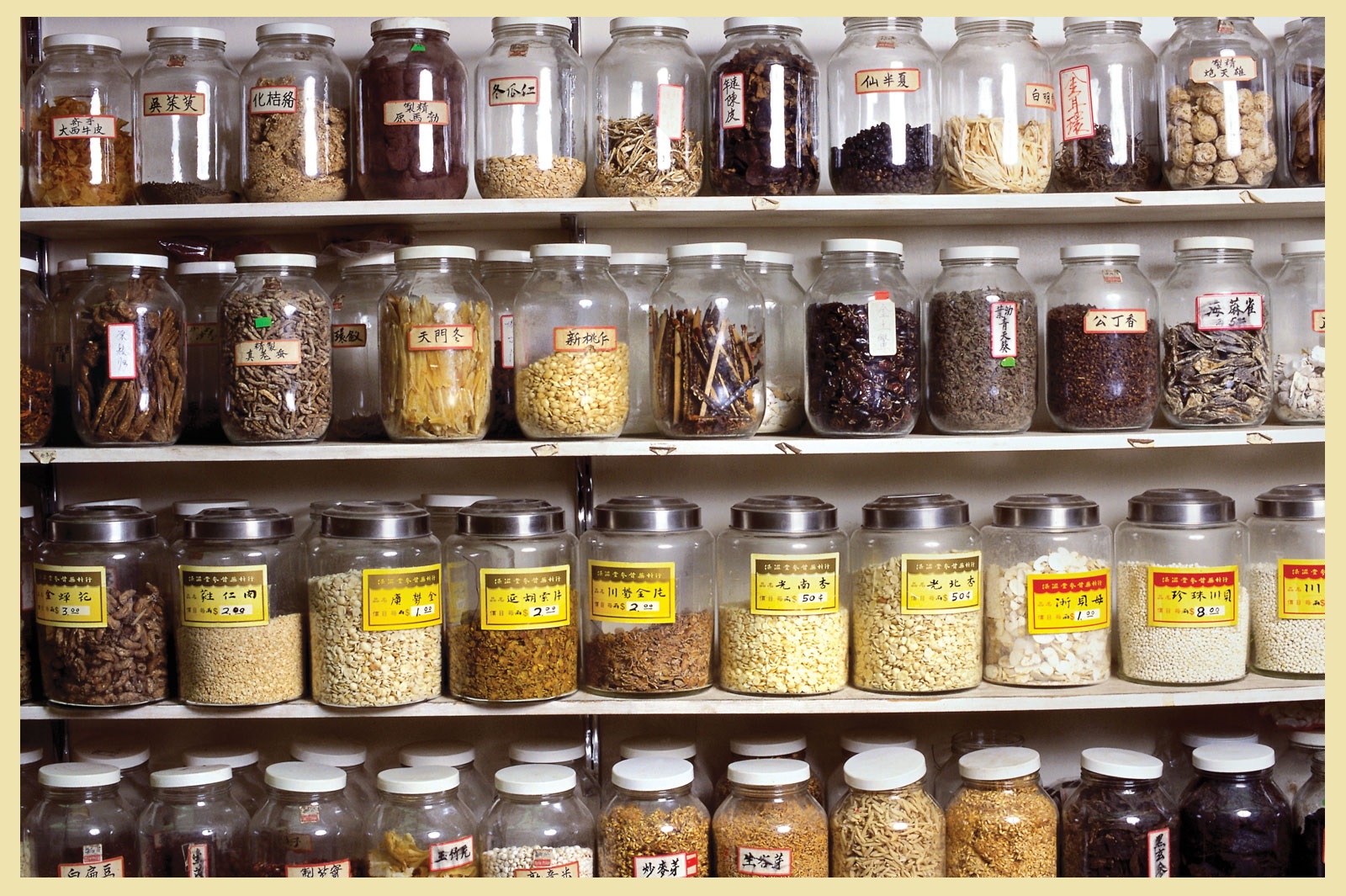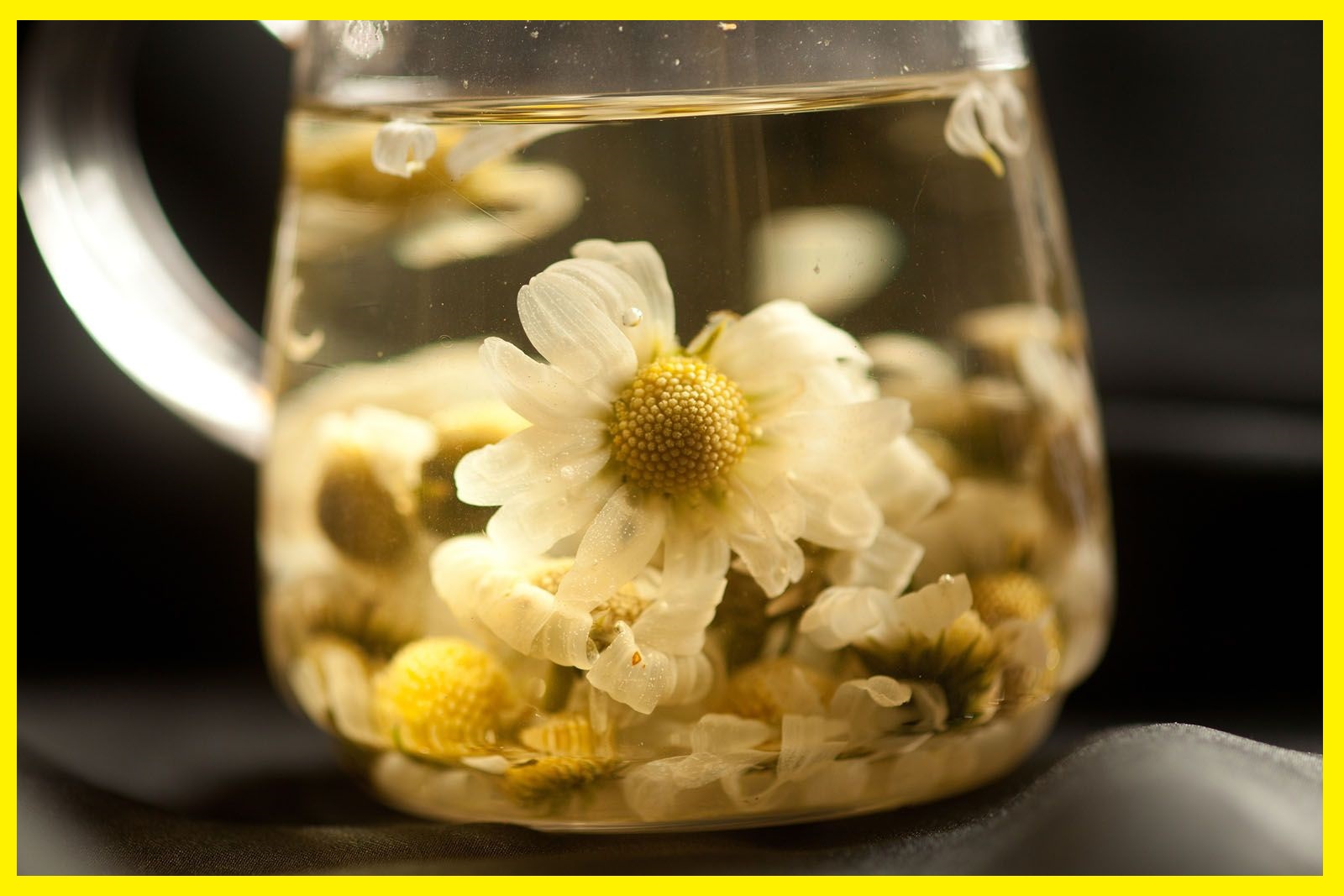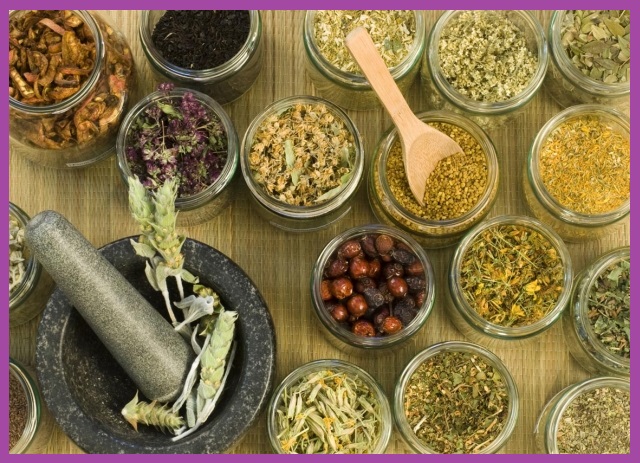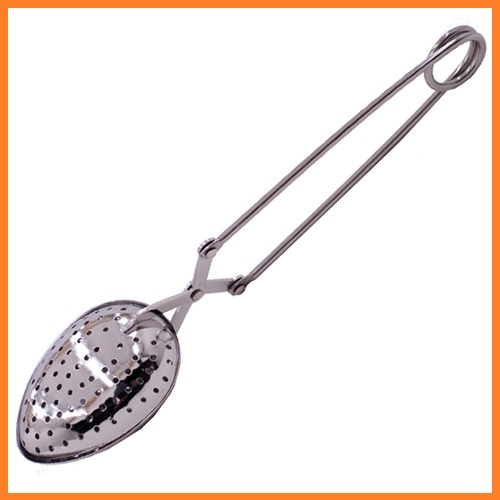HERBAL MEDICINE
What is Herbal Medicine?
Herbal medicine is the practice of using a plant’s seeds, flowers, roots, berries, leaves and bark for medicinal purposes. In recent times herbal medicine has become more mainstream. Herbalists, chiropractors, Naturopathic physicians, pharmacists, medical doctors, and practitioners of Traditional Chinese Medicine all may use herbs to treat illness. Through the advances in sciences and research proving the value and effectiveness of herbal medicine. Chinese medicine dominant branch consist of herbal medicine. Herbal medicine uses a holistic approach in treatment. Some areas that are taking into consideration in herbal medicine include: the nature of a pathogen, age of person, sex of person and body structure. Herbalism uses herbs to treat underlying causes of disease/illness in a client. Herbs are prescribed to treat causes of illness. Herbalist believe in using the whole plant. For thousands of years herbs have played a major part of healing. Both Ayurveda and Traditional Chinese Medicine have used herbs for healing purposes. There are countless herbs, flowers, plants, berries and barks and countless uses of each. Some illnesses that can be treated with herbal medicine include: allergies, asthma, eczema, premenstrual syndrome, rheumatoid arthritis, fibromyalgia, migraine, menopausal symptoms, chronic fatigue, irritable bowel syndrome, cancer and countless others.
History
Western herbalism dates back to ancient Egypt, records as early as 1700 B.C. show garlic and juniper used for medicinal purposes. The Greeks had a comprehensive understand of herbal medicine, by 100 B.C. Romans took the knowledge of the Greeks and added to them creating medical practices, of which some are used to this day. Herbal medicine uses herbs to bring the body into balance, so the body can heal itself. The focus is to restore the body’s life energy (qi) during treatment.
Different ways to Prepare Herbs
Decoctions
Boiling herbs, barks, berries and root, then straining the liquid. The drink used cold or hot.
Tinctures
Soaking barks, berries and herbs in alcohol or water, to extract active ingredient. This liquid is stored in small bottles.
Infusions
Are made by pouring boiling water over leaves, roots, barks or herbs, and left to soak 10 min.
Infused Oils
Oils are mixed with chopped flowers, roots, berries or herbs, then either boiled or left in direct sunlight to infuse.
Creams
Fats or oils are blended with herbal infusions, and stored in dark bottles.
Ointments
Fats or oils are mixed with herbs and heated quickly, then strained and stored in tins.
Common Herbs used in Herbal Medicine
Ginkgo (Ginkgo biloba)
Uses for Ginkgo include: circulatory disorders, dementia, Alzheimer disease, improves circulation, decrease inflammation, increase energy levels. Avoid or ask profession advice if taking blood-thinning medications, have history of seizures or have and fertility problems.
Kava kava (Piper methysticum)
Uses for Kava Kava include: elevating mood, help immune system, relaxation, anxiety, insomnia and nervous disorders. Avoid or ask professional advice if you suffer from liver problems.
Saw palmetto (Serenoa repens)
Uses for Saw Palmetto include: enlarged prostate and urination issues.
St. John’s wort (Hypericum perforatum)
Uses for St. John’s Wort include: depression and anxiety attacks. Avoid or ask professional advice if you take medications or birth control pills because they can have bad interactions.
Valerian (Valeriana officinalis)
Uses for Valerian include: insomnia. Valerian can interact with some medications.
Echinacea preparations (from Echinacea purpurea and other Echinacea species)
Uses for Echinacea include: improves immunity, colds and different types of infections, Echinacea may interact with medications.
Additional Information

